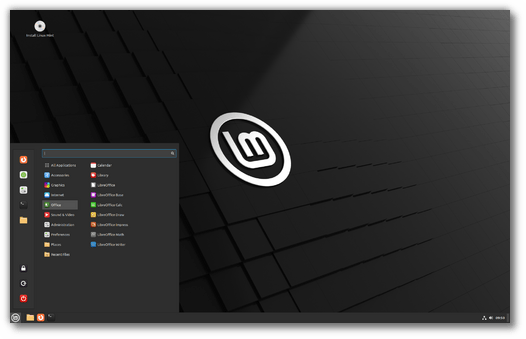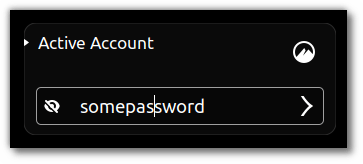On Sunday Linux Mint announced the release of Linux Mint 21.2 across all three of its mainstream editions. Like other releases in the 21.x series, this release will be supported until 2027.

On Sunday, Clément Lefèbvre, who leads the Linux Mint project, announced the stable and production ready release of Linux Mint 21.2, “Victoria.”
The release covers all three flavors of Mint, which are sorted according to desktop environment — Cinnamon, Mate, and XFCE. Mint releases a separate edition of its distribution for each of these three DEs for better desktop integration.
Because Mint is stable and easy to use, it’s considered perfect for first-time Linux users. However, experienced users like it too, also because of its ease-of-use, but also because it still offers a full Linux experience under the hood. For the last 10 years or so, we’ve used Linux Mint Xfce Edition exclusively on all of our machines here at FOSS Force.
The new release is, so far, being well received by reviewers. In fact, BetaNew’s Brian Fagioli used the new release this morning as an opportunity to suggest that Windows users “should delete Windows 11 and install Ubuntu-based Linux Mint 21.2” in his headline.
“Unlike the lackluster Windows 11, Linux Mint 21.2 shines as an impressive release, delivering exciting new features and enhancements across all editions,” he said. “Whether you prefer the sleekness of Cinnamon, the classic feel of MATE, or the lightweight nature of Xfce, Linux Mint offers a tailored experience for every user.”
Linux Mint releases a new version about every six months (the previous version, 21.1, “Vera,” was released on December 20), and every release receives long-term support for five years after the date of the original original release in that series. In other words, Mint 21.0, “Vanessa,” was released in July 2022, so support of all 21.x releases will end 2027.
In addition to the three primary releases, which are all based on Ubuntu, Mint also releases Linux Mint Debian Edition which, like Ubuntu, is based on Debian. New editions of LMDE are released less frequently than the other editions, which is primarily developed as a backup in case Ubuntu quits being available as a base for Mint.
What’s New in Linux Mint 21.2
There are plenty of new features in this release to excite users, which includes features that universally effect all editions, and others that are DE specific.
The distro-wide changes include numerous improvements to Slick Greeter, the software that controls the login screen. It now offers support for multiple keyboard layouts, with an indicator located on the top-right corner of the login screen that can be used to open a menu to switch between keyboard layouts. In addition, touchpad support has also been improved, with tap-to-click now being detected and enabled automatically in the login screen.
Keyboard navigation has also been improved in Slick Greeter: arrow keys can now be used to edit the password which is being typed, and a “revealer” icon (which allows users the ability to toggle visibility of the password) appears when the password is clicked or edited.

Other changes that are edition-agnostic include user interface changes made to Software Manager, the distro’s default method for installing software; numerous improvements made to the default image viewer, Pix; as well as systemwide “look and feel” changes.
The most notable edition specific improvement affects Linux Mint’s Xfce edition, which now ships with the DE’s latest and greatest, Xfce 4.18, which was released in December.
Complete edition-by-edition lists of changes in Linux Mint 21.2 are available on the Linux Mint website, with a separate page set aside for the editions Cinnamon, Mate, and Xfce.
Christine Hall has been a journalist since 1971. In 2001, she began writing a weekly consumer computer column and started covering Linux and FOSS in 2002 after making the switch to GNU/Linux. Follow her on Twitter: @BrideOfLinux






